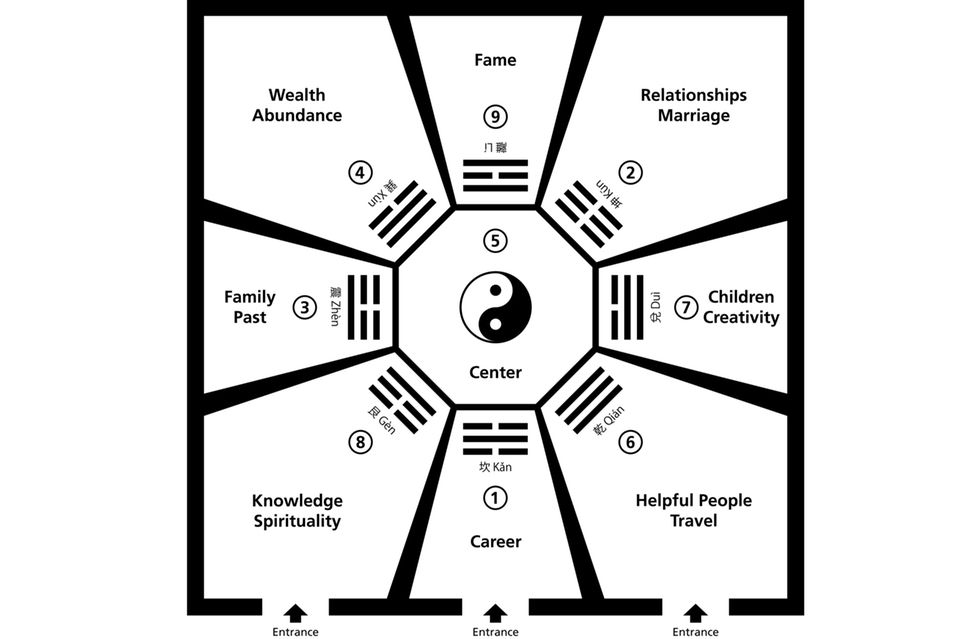Feng Shui is a complex theory of harmony. Here we show which basics are important for Feng Shui in the garden.
Feng Shui is a traditional Chinese teaching that promises health and harmony. Various principles and aspects are taken into account in the complex teaching of Feng Shui. However, the focus is on the concept of Qi (also Chi): this energy flows through people and the environment and should be kept in the right flow. The Qi can be steered and strengthened – but it can also be disturbed. We present the most important basics for your Feng Shui garden.
4 basic principles for your Feng Shui garden
1. Yin and Yang
You can recognize it by the symbol: Yin and Yang describes the principle of opposites and mutual complementation – like day and night or rest and activity. In this principle, yin stands for the feminine and gentle, yang for the masculine and powerful. In relation to the garden, this applies, for example, to plants that are selected according to these aspects. Here, too, there should be a balanced relationship.
2. The five animals
Landscaping includes the formation of the five animals that are supposed to protect the site:
- On the left is the kite side, it stands for the male power. Large trees can be planted here, for example.
- On the right is the tiger side, which in turn represents the feminine power. Low plants should be used in this area.
- In the middle the house is represented by the snake and protected by the dragon and tiger side.
- At the back is the turtle, which is supposed to offer protection, so large and closely spaced trees are useful.
- In the front is the phoenix. Here the view should be free to roam.
3. The five elements
The five elements (wood, water, fire, metal and earth) influence each other, they can strengthen but also weaken! They should all be present in the garden and form a closed cycle. The elements can also support certain areas of life (see points below). In Feng Shui, each element is assigned a specific color as well as materials and shapes with which you can determine the right plants & Co. for your garden.
4. Bagua / Eight trigrams
Anyone who has already dealt with Feng Shui has certainly heard of Bagua. The grid has eight fields, each represents a living area and in the middle is the ninth field, the Qi. You can apply the Bagua scheme to living areas or even your entire house, and of course also to your garden.
It looks like this:

1. Career
2. Relationships / marriage
3rd family
4. Prosperity
5. Chi
6. Friends / travel
7. Children / creativity
8. Knowledge
9.Fame
Bagua is created with the Career field (see arrows in the figure above) at the entrance area of the garden. Through a certain design of the areas, you can positively influence selected areas of life.
The theory of harmony is complex, so if you want to make your home and / or garden Feng Shui-compliant, you should consult a Feng Shui consultant to find the best possible design.
Here you can find more tips for feng shui in the bedroom and feng shui in the living room. The latest trends and exciting furnishing ideas can be found here.
Tip: In the BRIGITTE community you can easily exchange ideas with others about living ideas.
